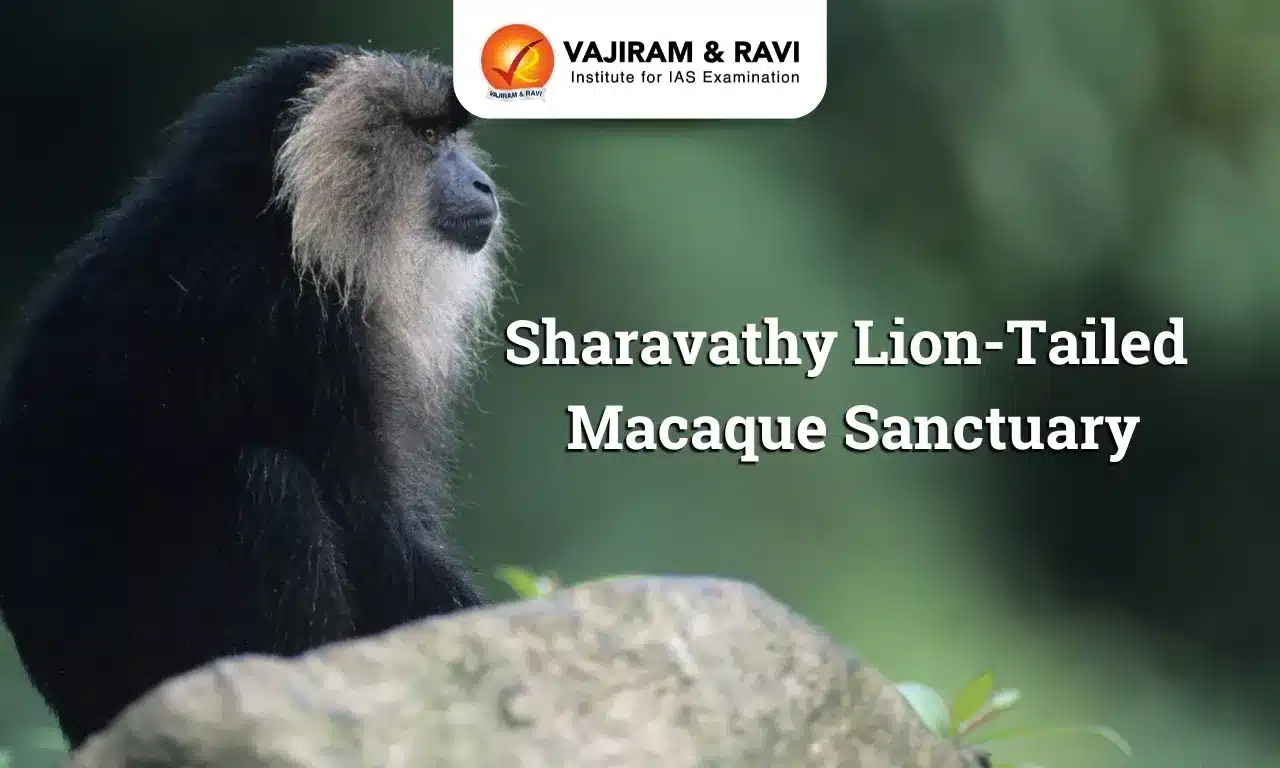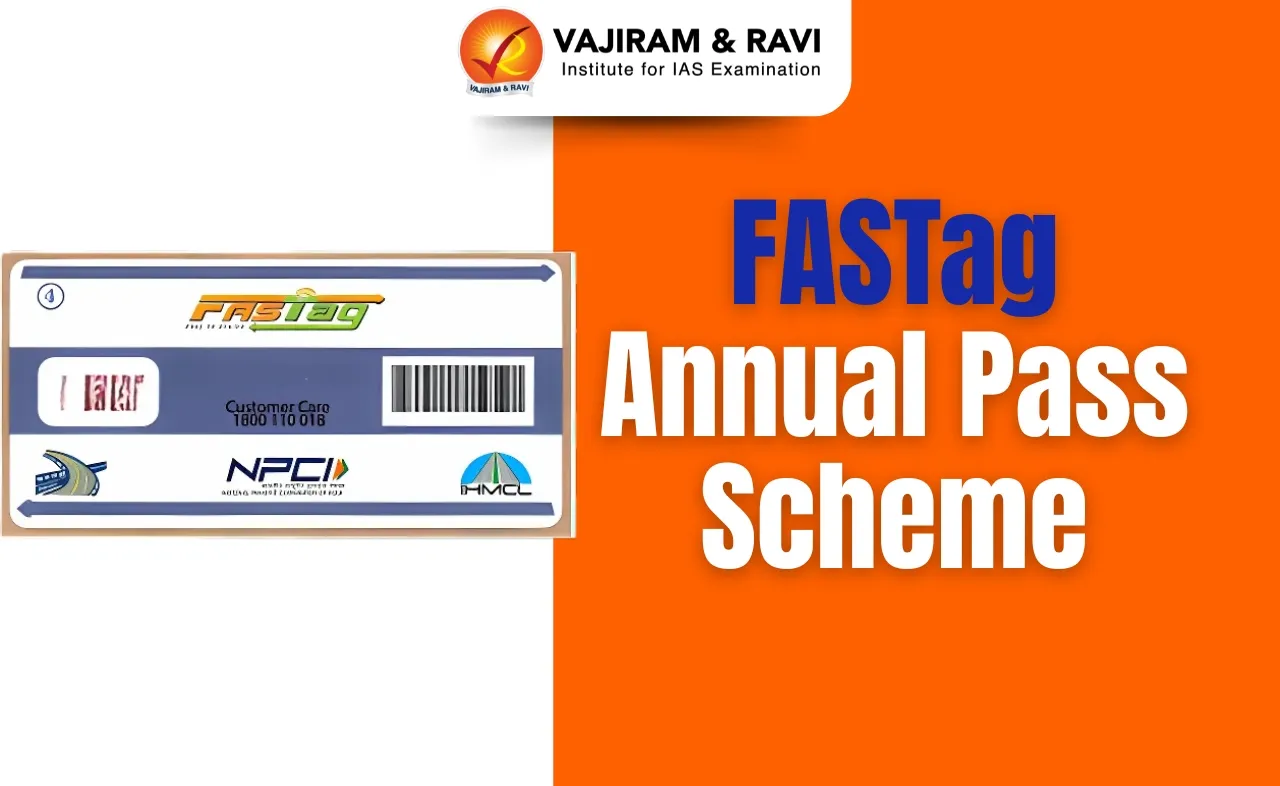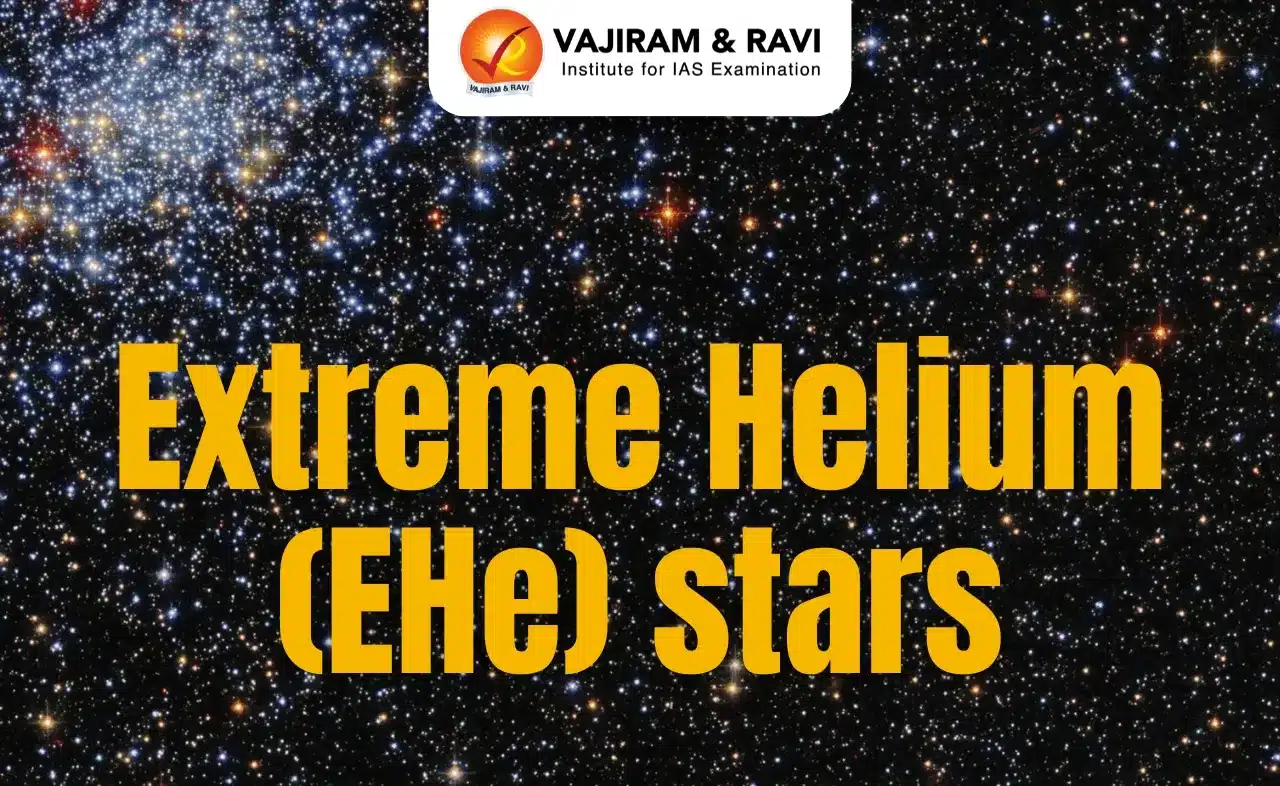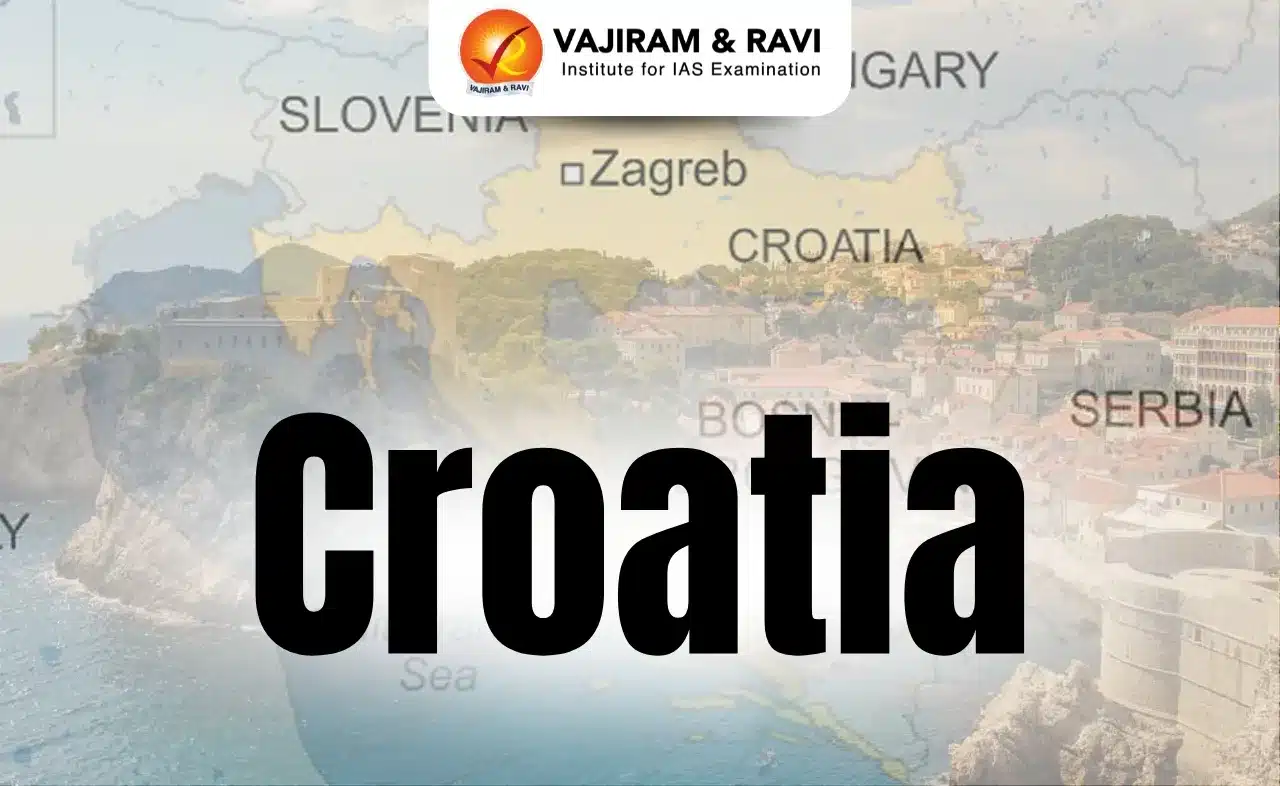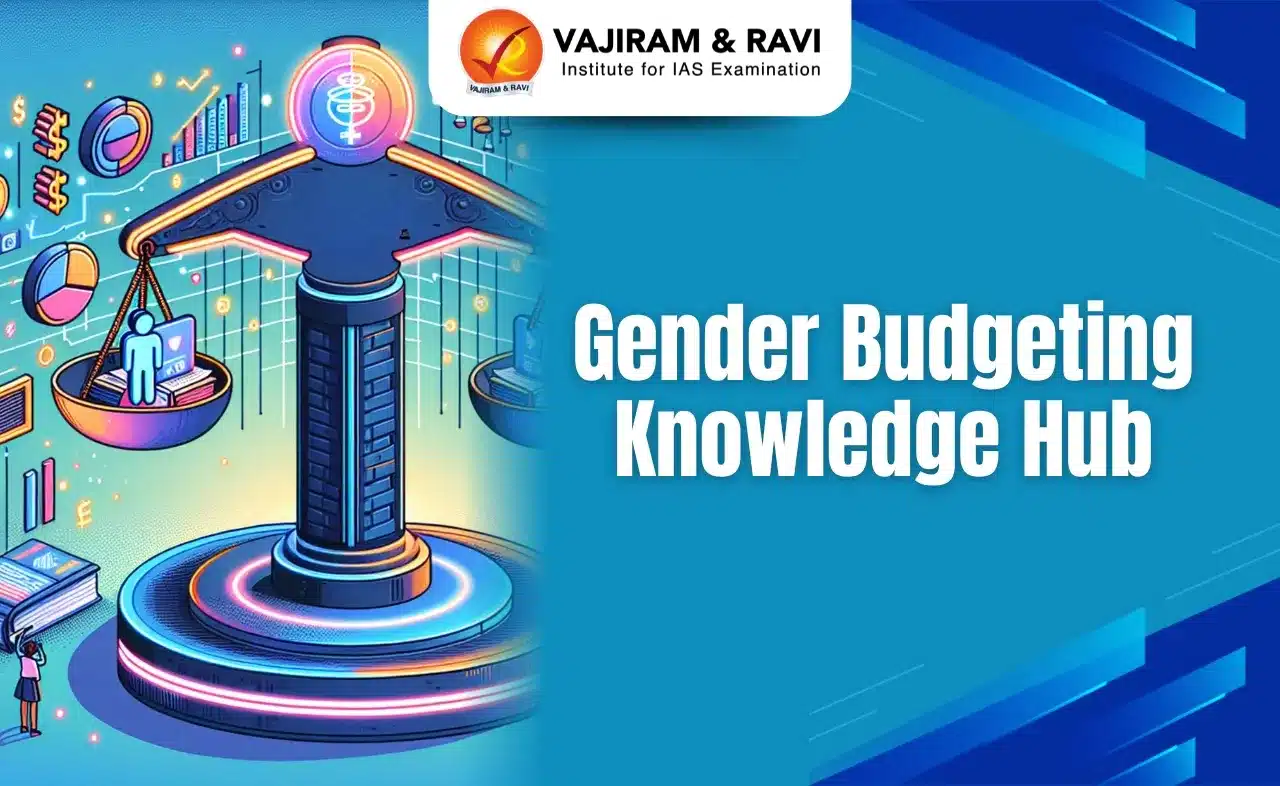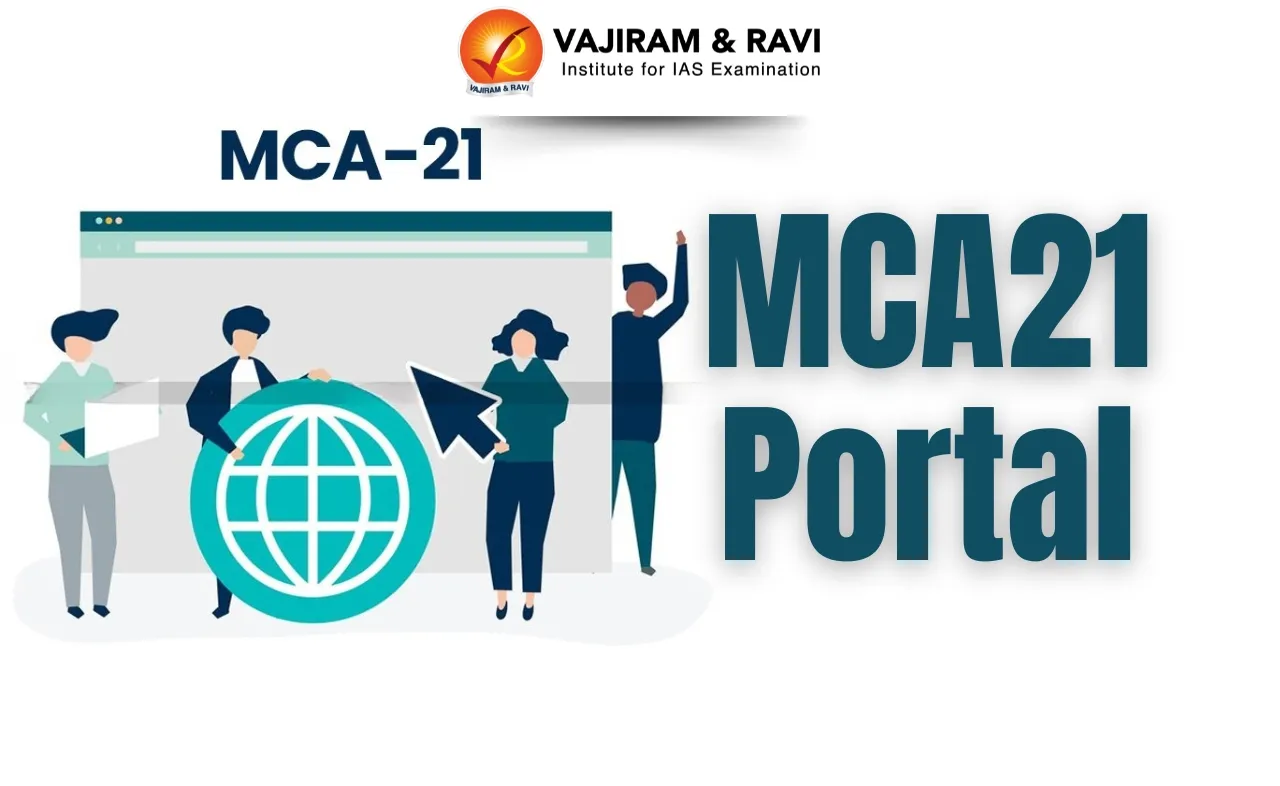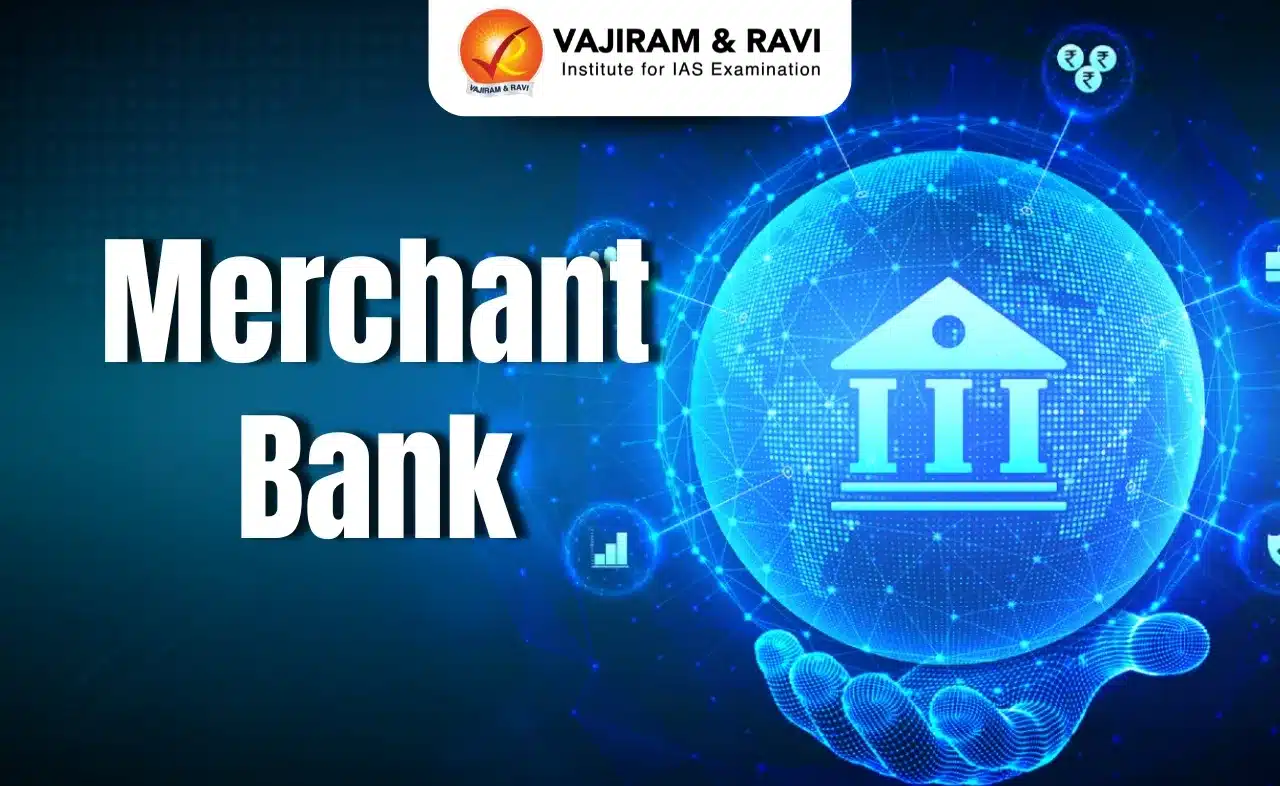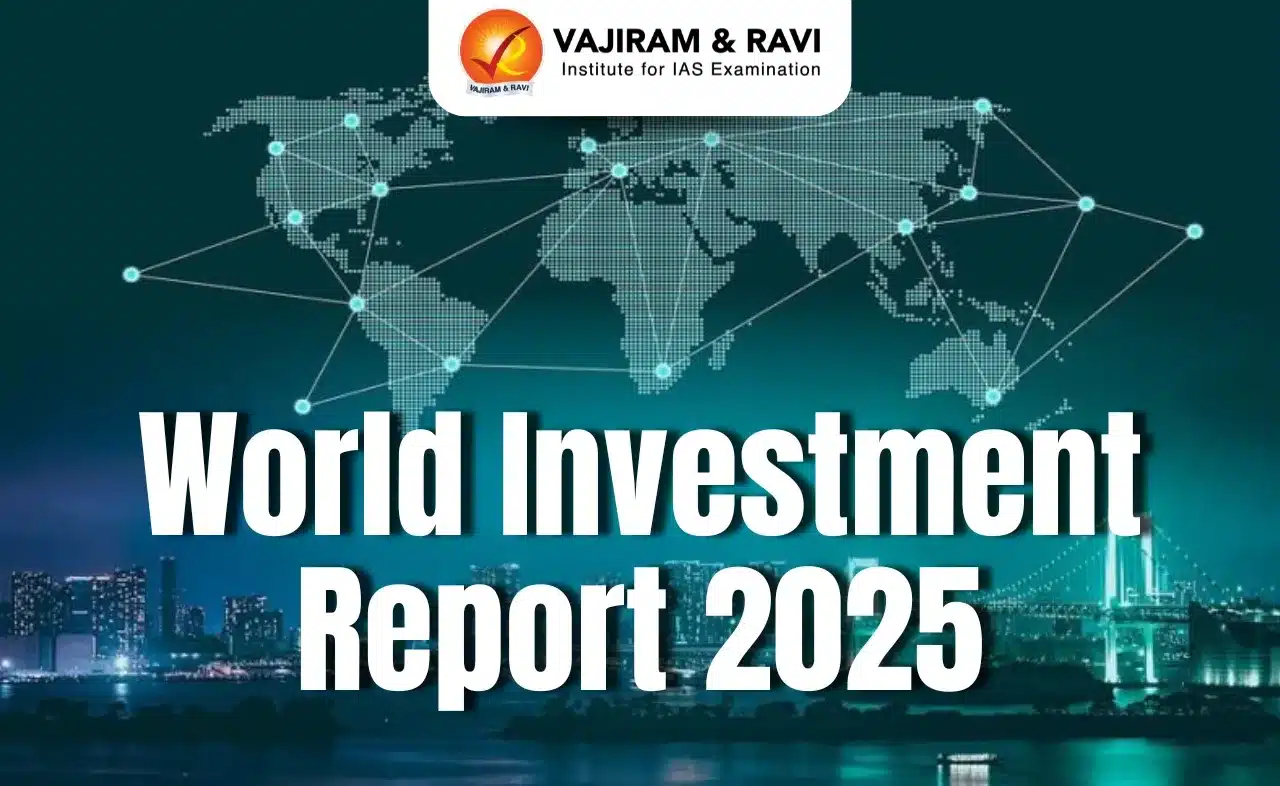Sharavathi Lion-Tailed Macaque Wildlife Sanctuary Latest News
Following the arrest and subsequent bail of farmers accused of entering the Sharavati Lion Tailed Macaque Wildlife Sanctuary in Sagar taluk with country-made weapons, the situation has become increasingly tense.
About Sharavathi Lion-Tailed Macaque Wildlife Sanctuary
- It is located in the Sharavathi River Valley of Sagar taluk in Shivamogga District, Karnataka.
- The sanctuary is part of the Western Ghats, a UNESCO World Heritage Site.
- The area of the sanctuary is around 431.23 sq. km., with the Linganamakki reservoir covering 124 sq.km.
- It was formed by combining the existing Sharavathi Valley Wildlife Sanctuary, Aghanashini Lion-Tailed Macaque Conservation Reserve, and the adjoining reserve forest blocks.
- The sanctuary shares its southwestern boundary with the Mookambika Wildlife Sanctuary.
- The overall terrain of the sanctuary is highly undulating, with altitude ranging from 94 m to 1102 m.
- Vegetation: It mainly consists of tropical evergreen to semi-evergreen types of forests, moist deciduous forests, and grasslands and savanna.
- Flora: The sanctuary is immensely rich in species like Dhoopa, Gulmavu, Surahonne, Mavu, Nandi, etc.
- Fauna:
- It is considered a key habitat for protecting the endangered lion-tailed macaque (Macaca silenus), considered endemic to the Western Ghats.
- Other mammals include the tiger, leopard, wild dog, jackal, sloth bear, spotted deer, sambar,barking deer, mouse deer, wild pig, common langur, bonnet macaque, Malabar giant squirrel, etc.
Source: TOI
Sharavathi Lion-Tailed Macaque Wildlife Sanctuary FAQs
Q1: Where is the Sharavathi Lion Tailed Macaque Wildlife Sanctuary located?
Ans: Sagar taluk, Shivamogga district, Karnataka
Q2: Which river valley is associated with the Sharavathi Lion Tailed Macaque Wildlife Sanctuary?
Ans: Sharavathi River
Q3: What is the area of Sharavathi Valley lion-tailed macaque Sanctuary?
Ans: 431 sq. km.
Q4: The Sharavathi Sanctuary is a key habitat for which endangered primate species?
Ans: Lion-Tailed Macaque

